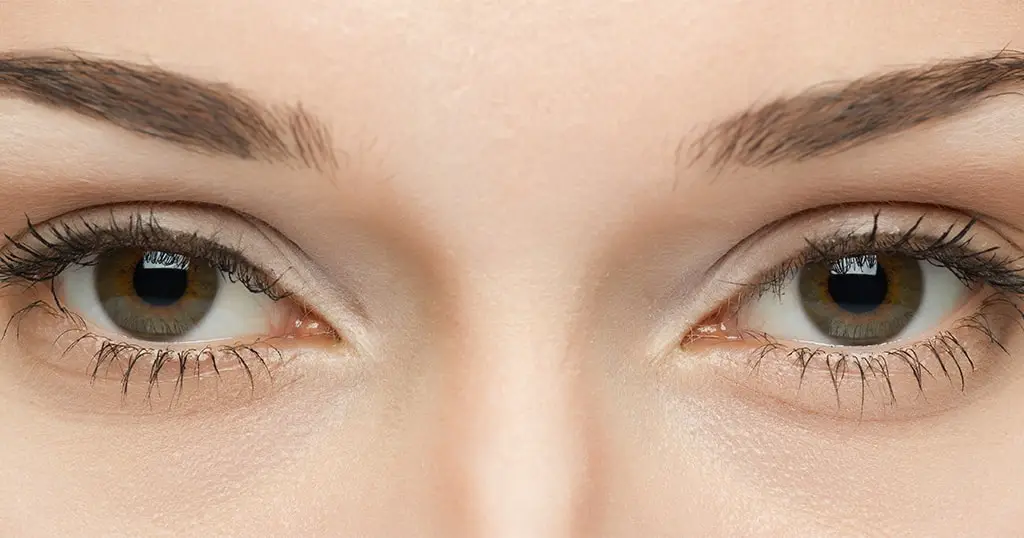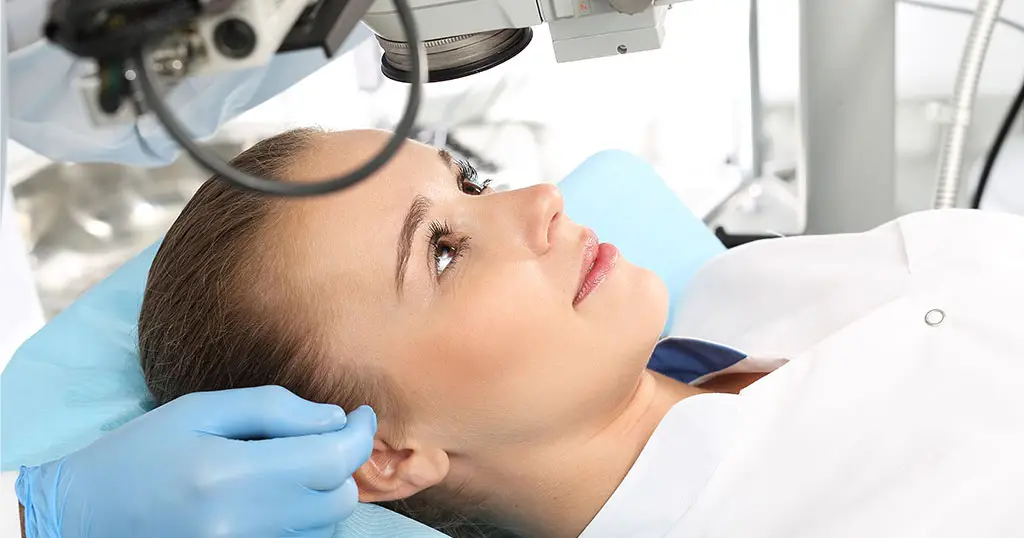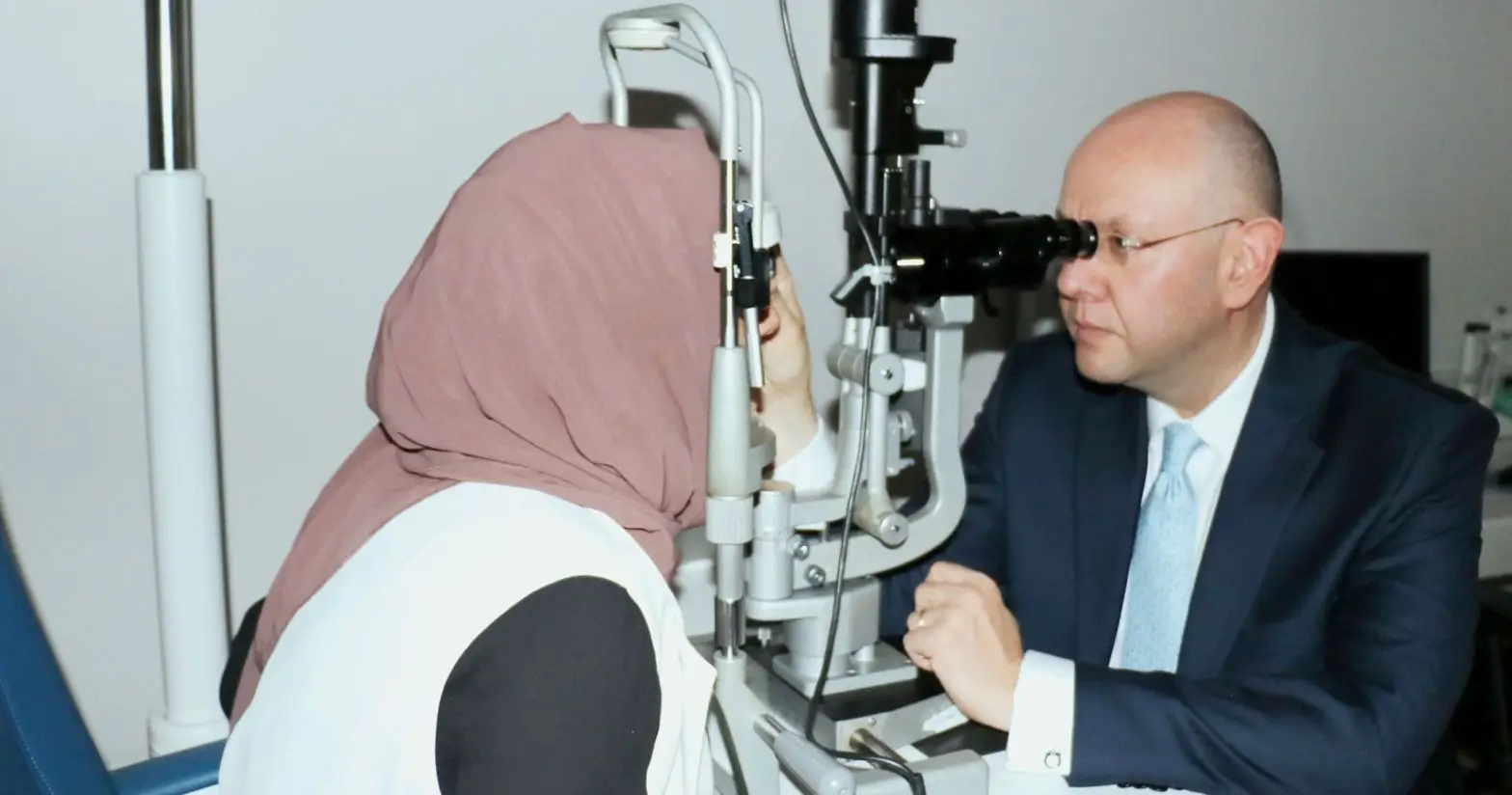This blog on Intraocular lenses (IOLs) was authored by Dr. Salman Waqar, Consultant Ophthalmologist in Cataract and Glaucoma Surgery. IOLs (intraocular lenses) are implanted into a patient’s eye during surgery to remove cataracts. During the ‘refractive lens exchange’ procedure, the surgeon replaces the natural lens with these medical devices. Before the 1980s and the introduction… Continue reading What are Intraocular lenses (IOLs)
Refractive Errors
This week’s blog on Refractive Errors has been contributed by Dr Osama Giledi, Consultant Ophthalmologist, Specialist in Cataract, Cornea and Refractive Vision Correction Surgery Refractive Errors In a normal eye, the light (the image that we see) will focus onto the retina, and the quality of this image depends on the balance between the length… Continue reading Refractive Errors
Advanced Diabetic Retinopathy
This week’s blog on Advanced Diabetic Retinopathy has been contributed by Dr. Ammar Safar, Chief Medical Officer, Consultant Ophthalmologist and Vitreoretinal Surgeon. Advanced Diabetic Retinopathy The effects of uncontrolled diabetes (through diet or medications) on the eye can be devastating in several ways. The most severe effect is on the Retina, a sensitive membrane that… Continue reading Advanced Diabetic Retinopathy


